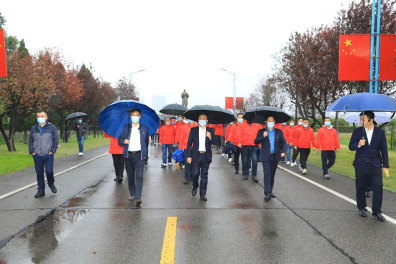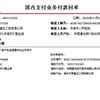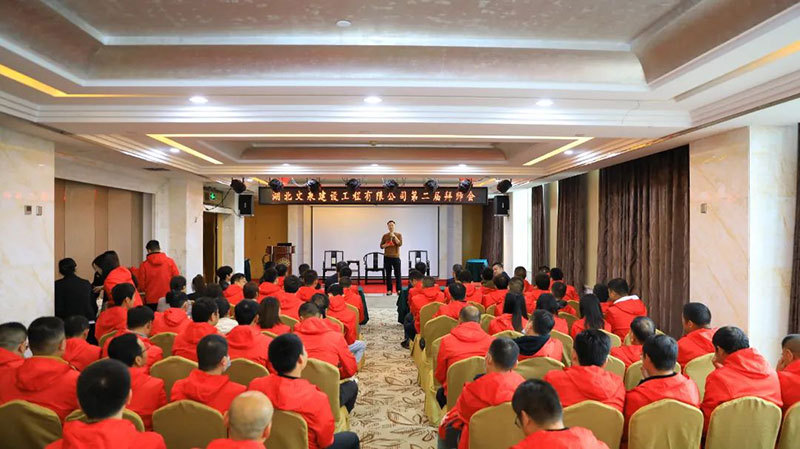社会
活动
员工风采
以文泉为家,爱岗敬业,甘于奉献新闻
-

缅怀革命先烈 传承红色精神
为缅怀革命先烈,继承艰苦奋斗的革命传统,传承忠诚忘我的红色精神。10月15日,开云官方网站在公司注册地革命老区洪湖开展了以“缅怀革命先烈,传承红色精...了解更多 +
-
- 26
- 2024-02
讣 告
中国共产党党员,武汉市劳动模范,荆州市第六届人大代表,...
-
- 27
- 2024-01
文泉建设中标的洪湖市第二人民医院项目正式开工
2024年1月27日,备受洪湖市峰口镇人民关心、关注的...
-
- 10
- 2023-09
开云官方网站董事长肖元良获首届“湖北慈善奖”表彰
2023年8月15日湖北省民政厅对关于首届“湖北慈善奖...
-
- 09
- 2023-09
文泉建设中标湖北旺丰辉食品有限公司生产基地新建项目
近日,开云官方网站成功中标湖北旺丰辉食品有...
-
- 11
- 2023-05
文泉建设承建的“洪湖安井小龙虾预制菜肴制品基地建设项目”获评“标准化安薪项目”
为切实维护农民工根本权益,推进荆州市营商环境优化提升,...
-
- 02
- 2023-04
文泉建设开展内部控制与财务风险管理培训会
随着市场外部环境不断变化,为了更好的适应企业发展需要,...
-
- 21
- 2023-07
关于脚手架施工的要求和注意事项有哪些
脚手架的施工是建筑施工过程中十分重要的一环,它不仅直接...
-
- 28
- 2023-06
掌握房建工程竣工结算审计重点
房建工程竣工结算审计重点你知道多少?湖北文泉建设工程有...
-
- 31
- 2023-05
基坑降排水施工及注意事项
基坑降排水是指在开挖基坑时,地下水位高于开挖底面,地下...
-
- 12
- 2023-04
建筑基础验槽有哪些方法
验槽就是在基础开挖至设计标高后,由地质勘查单位,设计,...
-
- 25
- 2023-02
地基填土施工注意事项
开云官方网站介绍地基填土施工注意事项如下:...
-
- 14
- 2023-01
房屋建筑工程监理中存在的问题
房屋建筑工程监理中存在的问题有哪些?湖北文泉建设工程有...























